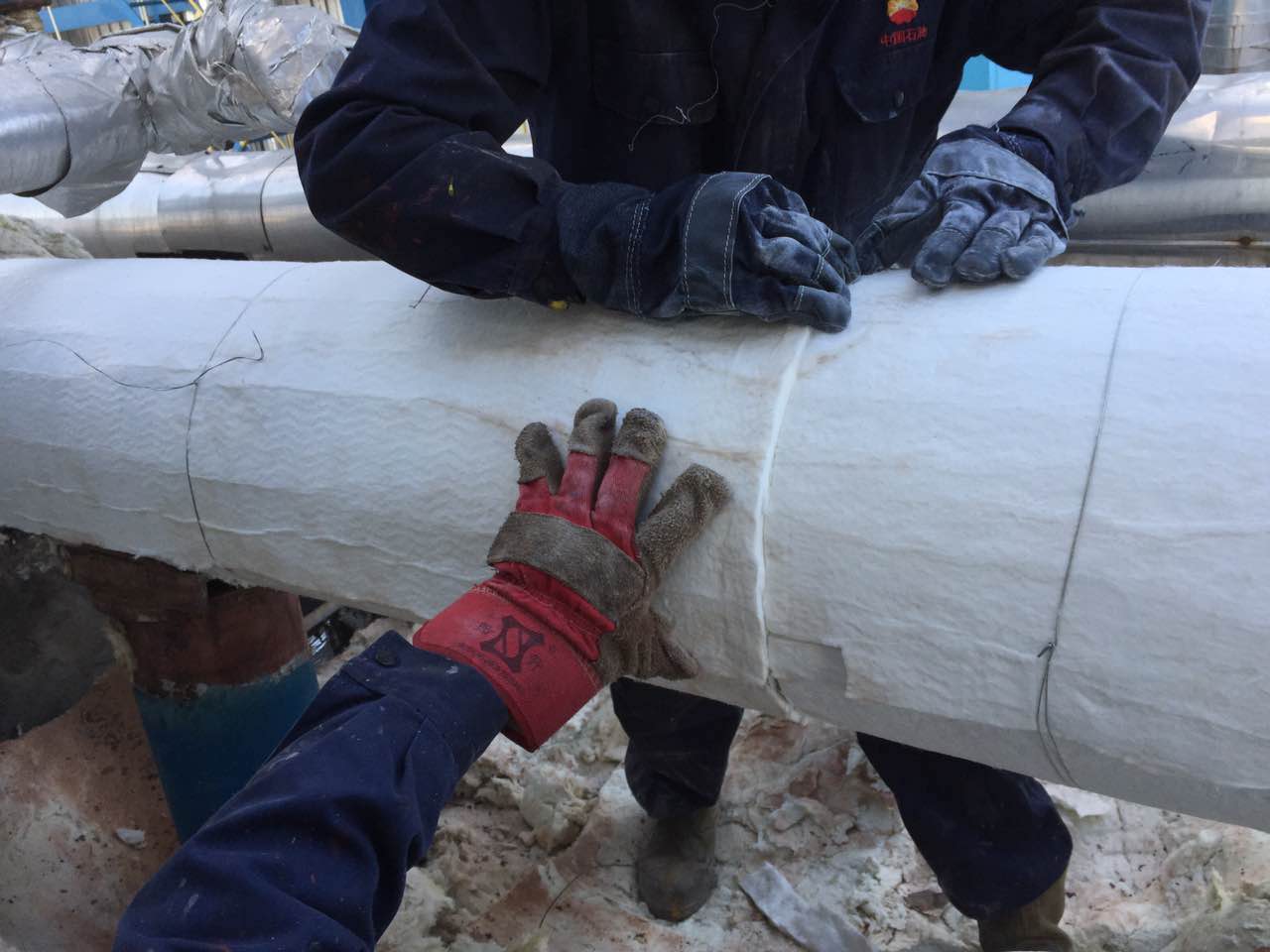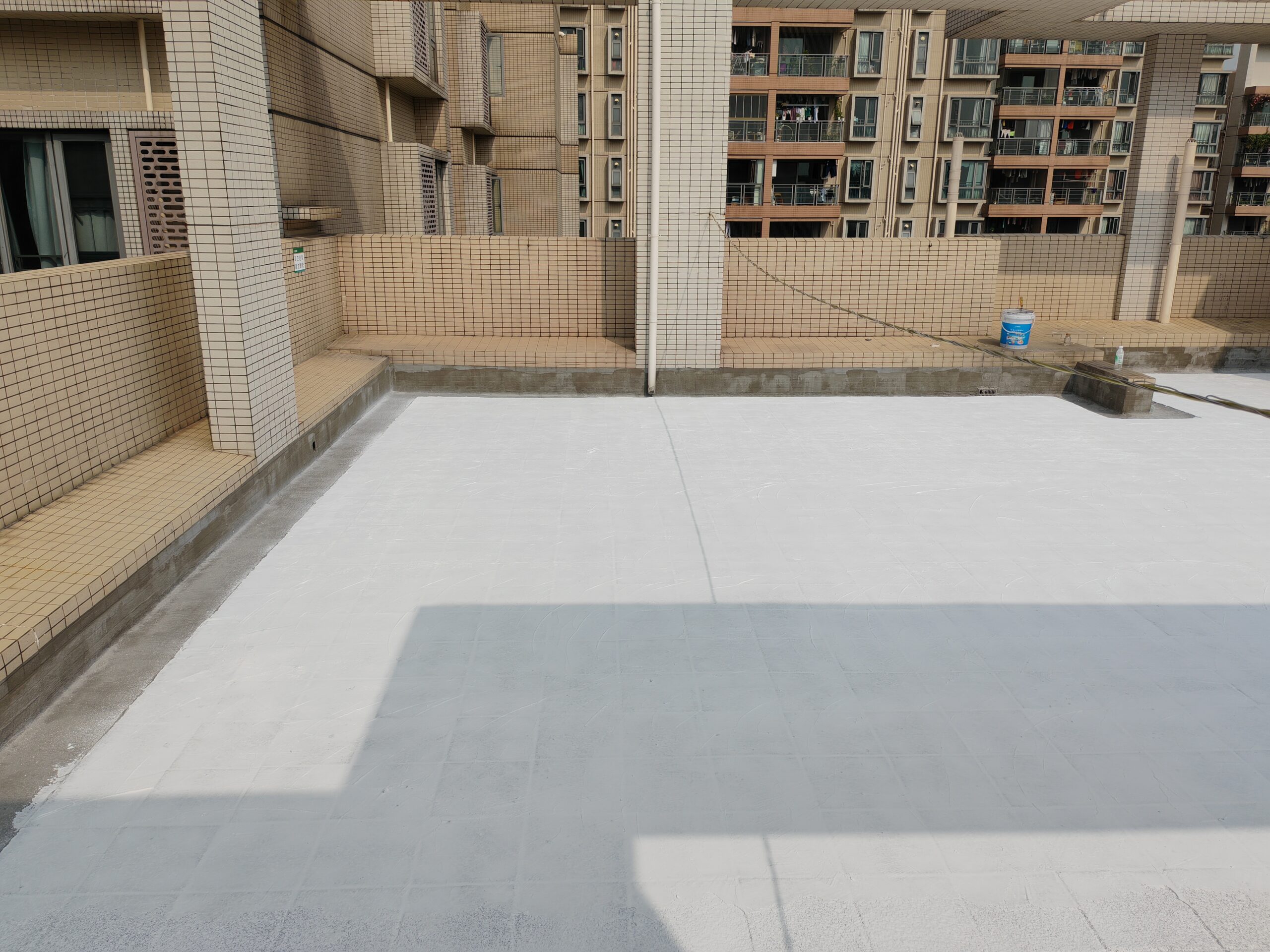Introduction
The aerogel industry, renowned for its ultra-lightweight, highly porous materials with exceptional thermal insulation properties, is undergoing a transformative phase driven by sustainability demands. Among the latest advancements, the adoption of water-based eco-friendly manufacturing processes stands out as a groundbreaking innovation. This shift addresses long-standing environmental concerns associated with traditional solvent-intensive methods while unlocking new opportunities for cost efficiency and scalability. This article explores the technological breakthroughs, market drivers, and future implications of this trend, positioning it as a cornerstone of the aerogel industry’s evolution.

1. The Environmental Imperative in Aerogel Production
Traditional aerogel manufacturing relies heavily on organic solvents (e.g., ethanol or acetone) during the drying phase, which poses significant environmental and safety challenges. These solvents are not only volatile and flammable but also contribute to hazardous waste generation. For instance, the supercritical drying process, while effective, consumes substantial energy and requires complex infrastructure.
The shift toward water-based processes eliminates or drastically reduces solvent use. By replacing organic solvents with water in the gelation and drying stages, manufacturers achieve:
- Reduced Carbon Footprint: Water-based methods lower VOC emissions by up to 90%, aligning with global decarbonization goals.
- Cost Efficiency: Simplified waste treatment and lower energy consumption cut production costs by approximately 20–30%.
- Safety Improvements: Mitigating fire risks and occupational hazards in factories.
This transition is particularly critical in China, where stringent environmental regulations, such as the Air Pollution Prevention Action Plan, have accelerated the adoption of green technologies.
2. Technological Innovations Driving the Shift
2.1 Water-Based Sol-Gel Synthesis
Recent advancements in sol-gel chemistry enable the formation of aerogel precursors using aqueous solutions. For example:
- Silica Aerogels: Researchers have developed methods to stabilize silica networks in water, avoiding the need for solvent exchange. This involves modifying pH levels and introducing biodegradable surfactants to maintain nanoporosity.
- Polymer Aerogels: Water-soluble polymers (e.g., cellulose derivatives) are being used to create hybrid aerogels with enhanced mechanical strength and thermal stability.
2.2 Ambient-Pressure Drying (APD)
APD technology, coupled with water-based systems, allows aerogels to be dried without supercritical conditions. By optimizing surface modification agents (e.g., methyltrimethoxysilane), manufacturers achieve pore structures comparable to traditional methods at a fraction of the energy cost.
2.3 Scalability and Commercialization
Companies like SANAT Aerogel Insulation LTD, Guandong, CN, Guangdong Alison Hi-Tech Co., Ltd. and Aspen Aerogels are piloting large-scale water-based production lines. For instance, Alison’s proprietary “AquaGel” technology has reduced production cycles from days to hours while maintaining a density of 0.1 g/cm³.
3. Market Drivers and Applications
3.1 Policy and Regulatory Push
Governments worldwide are incentivizing sustainable manufacturing:
- China: The 14th Five-Year Plan prioritizes green materials, with subsidies for aerogel projects adopting eco-friendly processes.
- EU: The Circular Economy Action Plan mandates reductions in industrial solvent use, favoring water-based alternatives.
3.2 Expanding Application Sectors
Water-based aerogels are gaining traction in:
- Construction: As insulation panels for energy-efficient buildings, reducing HVAC energy cost by 30–50%.
- Electronics: Thin-film aerogels for flexible device insulation, leveraging their non-toxic properties.
- Oil & Gas: Spill cleanup aerogels with higher absorption capacities (up to 40× their weight) and easier disposal.
3.3 Corporate Sustainability Goals
Major players like BASF and Cabot Corporation are integrating water-based aerogels into their ESG frameworks. BASF’s “Carbon Neutrality 2050” roadmap highlights aerogels as a key enabler for low-carbon construction materials.
4. Challenges and Solutions
Despite progress, barriers remain:
- Performance Trade-offs: Water-based aerogels may exhibit slightly lower thermal resistance (∼10–15% reduction) compared to solvent-derived counterparts. Solutions include doping with nanomaterials (e.g., graphene oxide) to enhance properties.
- High Initial R&D Costs: Collaborative initiatives, such as EU-funded projects (e.g., Horizon Europe), are bridging funding gaps for SMEs.
- Market Education: End-users often perceive eco-friendly products as inferior. Pilot projects in flagship developments (e.g., net-zero buildings) are demonstrating performance parity.
5. Future Outlook
The water-based aerogel market is projected to grow at a CAGR of 22% from 2025 to 2030, driven by:
- Technological Convergence: Integration with AI-driven process optimization to enhance yield and quality.
- Circular Economy Models: Recycling aerogel waste into secondary raw materials, further reducing environmental impact.
- Global Partnerships: Cross-border R&D alliances, such as the EU-China Green Materials Initiative, accelerating knowledge transfer.
Conclusion
The adoption of water-based eco-friendly processes marks a pivotal shift in the aerogel industry, reconciling high performance with sustainability. As regulatory pressures mount and consumer demand for green products intensifies, this innovation is poised to redefine market dynamics, positioning aerogels as a linchpin of the global transition to a low-carbon future. Companies that embrace this trend will not only gain a competitive edge but also contribute meaningfully to planetary health.


